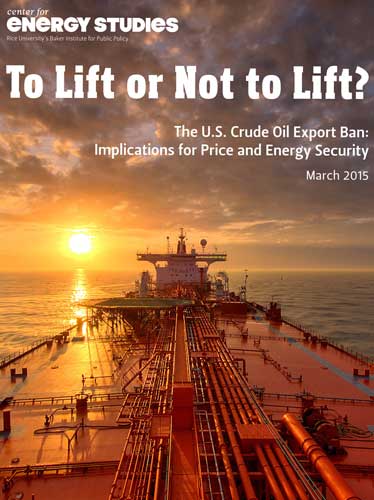 Lifting the 40-year-old export ban on U.S. crude oil would have far-reaching effects on pricing, energy security and energy sector investment, according to new research from the Center for Energy Studies at Rice University's Baker Institute for Public Policy in Houston.
Lifting the 40-year-old export ban on U.S. crude oil would have far-reaching effects on pricing, energy security and energy sector investment, according to new research from the Center for Energy Studies at Rice University's Baker Institute for Public Policy in Houston.
The study, "The US Crude Oil Export Ban: Implications for Price and Energy Security," was presented today at a news conference at the National Press Club in Washington, D.C., by Kenneth Medlock, the center's senior director and the paper's author.
Medlock's research assessed a wide range of crude oil prices, from $30 per barrel to $150 per barrel, whereas previous studies looked a narrow range of high prices only. This, along with the fundamental approach taken in the study, distinguishes it from previous studies. The study highlights, among other things, the importance of addressing this policy issue even in the current low-price environment.
Over the past decade, innovative techniques involving the use of horizontal drilling and hydraulic fracturing have triggered unprecedented increases in production of crude oil, natural gas and natural gas liquids from shale.
"The United States has recently experienced an unprecedented surge in domestic crude supply, thanks to significant production increases from areas like the Bakken and Eagle Ford shale formations," Medlock said. "The production surge has led to a large decline in U.S. crude oil imports. The trade balance effects extend to petroleum product markets where, due to stagnant domestic demand, the U.S. has become a net exporter of petroleum products over the last few years."
Medlock found that lifting the ban would level the playing field for the U.S., as it faces continued discounted domestic crude oil prices relative to internationally traded crudes. In fact, the study shows that because the majority of light tight oil produced from U.S. shale formations is of higher quality than both WTI and Brent, if it were exported it would fetch higher prices than WTI and Brent in the international market, he said.
In the wake of the domestic supply surge, Medlock said there is an increasing realization that the U.S. refining infrastructure was not originally designed to handle the domestic crude qualities that are increasingly available. And given the ban on crude oil exports, he said this has prompted concerns that domestic crude oil prices are becoming increasingly discounted relative to internationally traded crudes.
"In turn, this could dampen U.S. upstream investment. Opening foreign markets to U.S. crude would facilitate new investments in the upstream and midstream sectors, as domestic oil prices would move into greater parity with other international crudes," he said.
"Studies that focus on the differential between WTI and Brent effectively underestimate the 'discount' that is being realized by the higher-quality light oils produced from shale," Medlock said. "The implication is that earlier studies likely underestimate the impact on U.S. shale production from removing the oil export ban. Our study includes a statistical analysis that explains what the relationship would be between the prices of crudes of different qualities in an unconstrained setting without an export ban, which is important to providing a more accurate projection of the impact of current U.S. policy."
Data also shows that the U.S. refining sector has backed out the lighter crude imports through substituting the domestic light shale oils. In fact, with growing shale oil production, refiners are now backing out imported crude oils heavier than WTI and the shale oils, he said. However, since those refineries made previous investments to process the heavier crudes, they will only switch to lighter shale oils if those shale oils are priced competitively with the heavier crudes they would normally buy, which means they must be discounted relative to international prices.
"Counterintuitive to some, removing the ban generates distinct energy security benefits," Medlock said. Some have argued that crude oil exports would increase gasoline prices in the U.S. However, because refined products, such as gasoline, can be freely exported, the prices of refined products sold in the U.S. are in parity with international refined product prices. Thus, the discounted prices of oil produced in the U.S. are not reflected in U.S. gasoline and refined product prices. Thus, removing the crude export ban, although it would raise the price of crude oil domestically, would not increase the price of gasoline in the U.S.
The full study provides an in-depth analysis of the U.S. energy security benefits of ending the restrictions on oil exports. Specifically, the research shows that removing the ban yields positive impacts by providing a more stable and secure source of oil to the world. That greater stability would lessen price volatility that U.S. consumers face and thus improve U.S. energy security. The study also shows the positive implications for overall market function, investment capital inflows and economic activity.


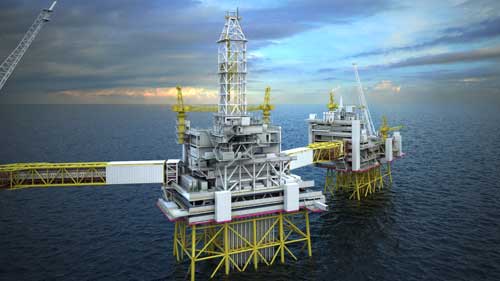 2H Offshore
2H Offshore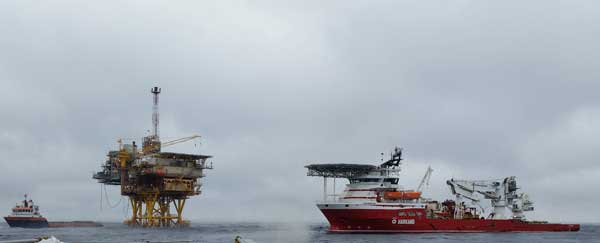 Harkand
Harkand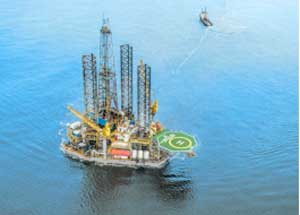 Hercules Offshore
Hercules Offshore 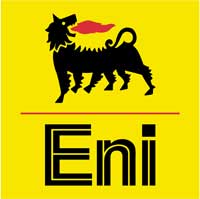
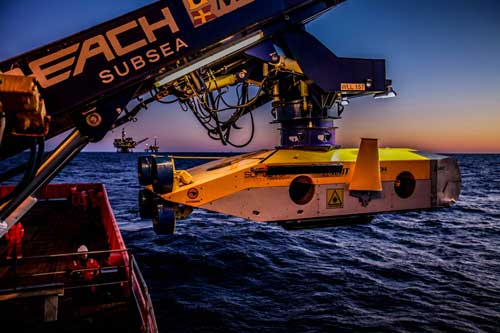 Surveyor Interceptor work for Gasco on Knarr gas-pipeline
Surveyor Interceptor work for Gasco on Knarr gas-pipeline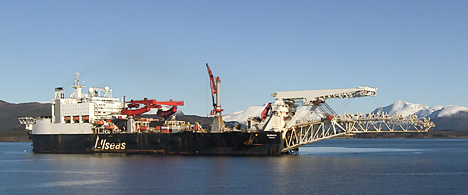 One of the world's largest pipe-laying vessels, Solitaire, has started laying the Polarled gas pipeline. (Photo: Svein Roger Ivarsen/Shell)
One of the world's largest pipe-laying vessels, Solitaire, has started laying the Polarled gas pipeline. (Photo: Svein Roger Ivarsen/Shell)
 The Department of the Interior's Bureau of Ocean Energy Management (BOEM) t held an oil and gas lease sale yesterday for the Central Gulf of Mexico that drew $538,780,056 in high bids for tracts on the U.S. Outer Continental Shelf offshore Louisiana, Mississippi and Alabama.
The Department of the Interior's Bureau of Ocean Energy Management (BOEM) t held an oil and gas lease sale yesterday for the Central Gulf of Mexico that drew $538,780,056 in high bids for tracts on the U.S. Outer Continental Shelf offshore Louisiana, Mississippi and Alabama.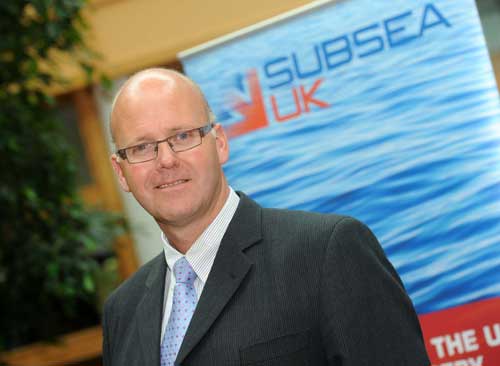 The industry body, which represents the UK's £9billion subsea sector, has developed
The industry body, which represents the UK's £9billion subsea sector, has developed 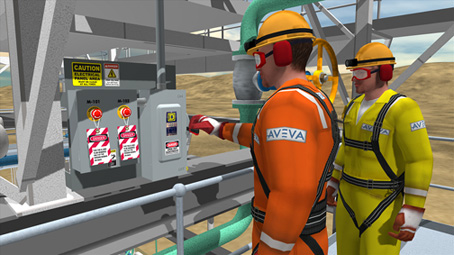 AVEVA
AVEVA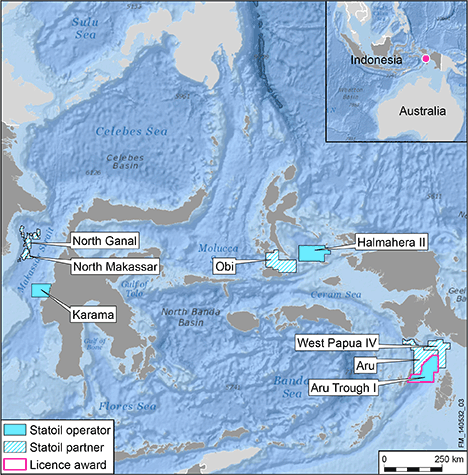
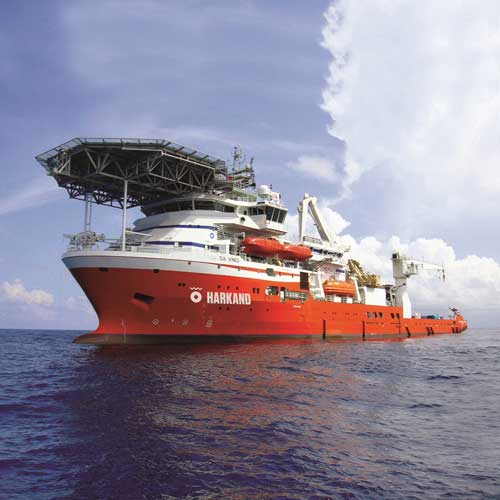
 Lifting the 40-year-old export ban on U.S. crude oil would have far-reaching effects on pricing, energy security and energy sector investment, according to new research from the
Lifting the 40-year-old export ban on U.S. crude oil would have far-reaching effects on pricing, energy security and energy sector investment, according to new research from the 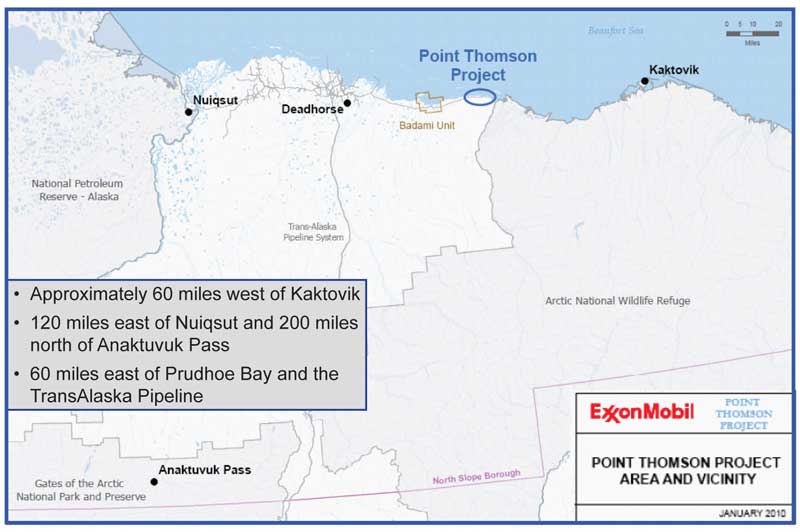 ▪ Estimated project startup remains on target for 2016
▪ Estimated project startup remains on target for 2016